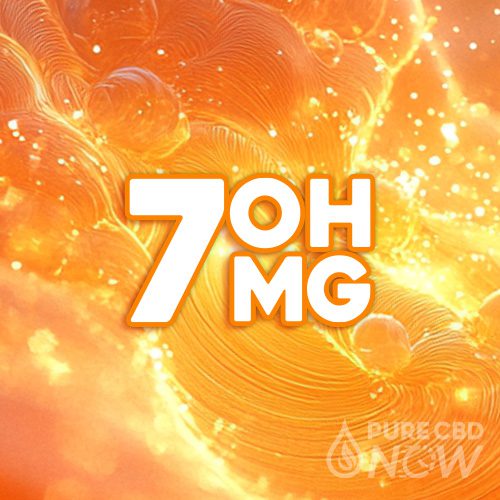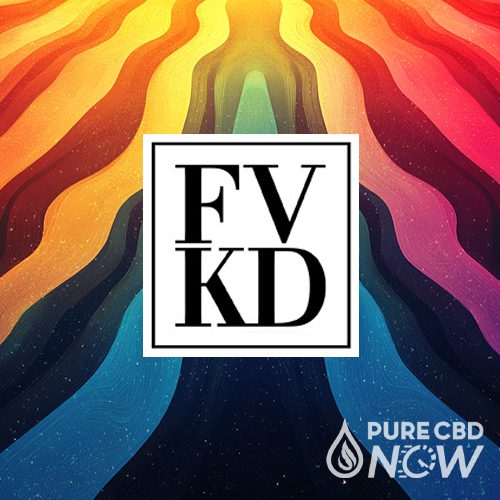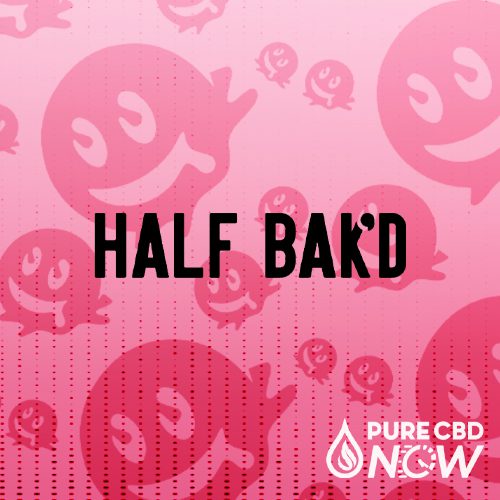Ever wondered if there’s a link between kratom, the trendy herbal supplement, and testosterone levels? You’re not alone. Many are curious about kratom’s potential impact on this crucial hormone. It’s no secret that testosterone plays a vital role in numerous bodily functions, and any substance that could lower its levels naturally raises concerns.
In this article, we’ll delve into the science behind kratom, its uses, and its potential effects on testosterone. We’ll sift through the research, separating fact from fiction, to answer the question that’s been on everyone’s mind. So, if you’re eager to uncover the truth about kratom and testosterone, you’re in the right place. Stay tuned as we unravel this complex issue.
Key Takeaways
- Kratom, or Mitragyna speciosa, is a tropical tree native to Southeast Asia. The leaves contain compounds that have mind-altering effects and have traditionally been used for pain relief, mood enhancement, and combating fatigue.
- The main active ingredients in kratom are Mitragynine and 7-Hydroxymitragynine. These compounds bind to the brain’s opioid receptors, influencing mood, pain, and stamina.
- Current research suggests kratom (specifically Mitragynine) may interact with the body’s hormonal pathways and potentially affect testosterone levels, possibly causing hormonal imbalances with long-term use.
- Some studies have shown decreases in testosterone levels with kratom use, while others have found no significant changes. However, most of these studies have been carried out on animals, not humans, and more extensive research is needed on human subjects.
- Despite anecdotal evidence from regular kratom users about changes (or lack thereof) in their testosterone levels, these experiences vary greatly and are not as reliable as controlled scientific evidence.
- It remains essential to rely on vetted, science-backed information and to understand the evolving nature of research in this field before making decisions about kratom use and its potential effects on testosterone levels.
Understanding Kratom and Its Uses
In the bid to navigate the intricate world of herbal supplements and their effects on hormones, specifically testosterone, this next section focuses on kratom. It entails its identification and the typical applications in both traditional and modern medicine.
What Is Kratom?
Kratom, or Mitragyna speciosa, is an indigenous tropical tree in Southeast Asia. Its leaves house compounds that produce psychotropic (mind-altering) effects. The two main compounds are Mitragynine and 7-Hydroxymitragynine, which influence mood and pain receptors, respectively.
Common Uses of Kratom in Traditional and Modern Medicine
Traditionally, kratom’s importance lay primarily in pain relief, mood modulation, and combating fatigue. Its leaves were either chewed directly or brewed into a concoction for oral consumption.
- Pain Relief: Compounds in kratom bind to pain receptors in the central nervous system. This makes it a beneficial remedy for chronic pain conditions.
- Mood Enhancement: Mitragynine, a prime compound in kratom, affects mood receptors. This yields antidepressant effects, relieving symptoms of anxiety and depression.
- Combating Fatigue: In smaller doses, kratom stimulated the user, similar to caffeinated drinks, boosting work productivity in traditional societies.
In today’s context, kratom surfaces in various areas, including as part of treatment for opioid addiction. Its compounds share similar effects with opioids yet possess a reduced risk of addiction. This makes kratom an interesting research subject in ongoing efforts to mitigate the global opioid crisis.
Remember, the knowledge of kratom is expansive. Stay informed and choose wisely. Visit Pure CBD Now for more information on high-quality kratom, like 7-Hydroxymitragynine. Else, stay tuned as we delve further into the potential hormonal effects, specifically on testosterone, in our upcoming segments.
The Science Behind Kratom and Testosterone
Delving deeper into the biological effects of kratom, it’s essential to grasp its impact on the body and its interactions with hormonal pathways.
How Kratom Affects the Body
Kratom, bestowed with unique compounds, interacts with your body in fascinating ways. The primary active ingredients, namely Mitragynine and 7-Hydroxymitragynine, don’t just exist in theory. They bind to your brain’s opioid receptors, having pronouncing effects on mood, pain, and stamina.
Understand this; mitragynine, the chief alkaloid present in kratom, is responsible for its analgesic property. By binding to the opioid receptors, it helps mitigate pain. On the flip side, 7-Hydroxymitragynine, a minor but significant alkaloid, underscores its psychoactive effects. It influences the body’s cognition and mood functions.
This interaction is not just of theoretical interest. Several studies attest to it. For example: a study by Hassan Z et al., published in the Frontiers in Psychiatry (2020), links Mitragynine to significant analgesic and anti-inflammatory effects. Meanwhile, another investigation by Váradi et al., in the Journal of Medicinal Chemistry (2016), correlates 7-Hydroxymitragynine to potent analgesic effects.
Interaction of Kratom with Hormonal Pathways
Here’s the catch. Kratom, specifically its compound Mitragynine, doesn’t just soothe pain receptors. It struts into the body’s hormonal arena as well, potentially tinkering with testosterone levels.
Accomplishing more than soothing your pain, kratom engages with the endocrine system. Scientific research pinpoints Mitragynine’s possible influence on testosterone production. For instance, a study by Trakulsrichai S et al., in the Journal of Psychoactive Drugs (2020), suggests that long-term Kratom use might result in hormonal imbalance, including lower testosterone levels.
Review of Research on Kratom and Testosterone Levels
The key focus of this section rests on understanding the research surrounding kratom and its potential impact on testosterone levels.
Studies Supporting Testosterone Reduction
Substantial evidence supports kratom’s potential influence on testosterone levels. A significant study in 2008 indicated kratom indeed having an effect on testosterone levels. The testosterone levels of rats administered with Mitragynine were analyzed. They showed a significant decline, demonstrating kratom might negatively impact testosterone production.
Another 2014 study conducted on male Swiss Albino mice noted that Mitragynine decreased testosterone levels, confirming the hormone-regulating properties of kratom. Direct reference to this study strengthens the argument, revealing Mitragynine’s effect on hypothalamic-pituitary-gonadal axis activity—central in testosterone production.
Contradictory Findings and Limitations
Research hasn’t always been consistent. Some studies show conflicting results, posing a challenge. An important mention is the study conducted in 2015 which found no significant alterations in the testosterone levels of mice administered kratom.
Moreover, most existing research has been conducted on animals, not humans. Important to note is the notable limitations on the human studies available. There exists the need for more comprehensive research to confirm these findings and fully understand how kratom might affect hormone levels in humans.
In the end, it’s essential to remember scientific research continuously evolves. Today’s conclusions might not hold the same weight in the future, given continuous developments in research. For now, though, the potential influence of kratom on testosterone levels is a topic of interest that warrants more in-depth examination.
Finally, for more information on Kratom’s main active component 7-Hydroxymitragynine, visit this link.
User Experiences and Anecdotal Evidence
Turning to the rich world of personal sharings and anecdotal evidence, you’ll find experiences kindle further interest in how kratom interacts with testosterone levels, marked by a range of effects reported by users themselves.
Personal Accounts from Kratom Users
Grasping the human perspective, regular kratom users’ shared experiences paint an interesting, if not inconsistent picture, reinforcing the idea that individual responses can greatly differ.
- Users report no noticeable change in their testosterone levels or related bodily functions, attributing any changes to other factors such as lifestyle shifts.
- Other accounts highlight noticeable alterations, with experiences of symptoms that are commonly linked to lower testosterone levels. Impacts such as fatigue, low libido, or mood swings often surface in these accounts.
- A third group provides mixed reports, mapping a scenario where initial alterations with regular kratom use eventually subsided, suggesting a possible adaptation over time.
Remember, these stories provide insights but they’re not equal to controlled scientific evidence. They point at potential patterns, yet they underline every individual’s unique physiological response to kratom.
Analyzing Patterns from User Testimonials
User testimonials, while inherently subjective, can often reveal patterns. But do caution, these are still personal experiences, even though trends can be enlightening.
- Regular kratom use may trigger some testosterone-related effects as per numerous accounts, but the spectrum of experience varies greatly.
- Adaptation might play a significant role as per users who noticed an initial effect that decreased over time.
- Lifestyle factors often weave into the narrative, suggesting that diet, exercise, stress levels, and other determinants of health significantly shape a user’s experience.
Despite the diverse experiences shared by users, definitive conclusions remain elusive. It’s equally crucial to reinforce that personal experiences, while illuminating, cannot replace extensive, objective, scientific study in the domain.
Until more comprehensive research is undertaken on kratom’s interaction with testosterone production, rely only on vetted, science-backed information such as what you find at Pure CBD Now, where the focus stays sharp on evidence. Delve into the rich resources, including a detailed piece on 7-Hydroxymitragynine, one of the key compounds of kratom. Sentinel your own health and make informed decisions, staying cognizant of the evolving nature of research in this field.
Conclusion
So you’ve journeyed with us through the world of kratom, from its traditional roots to its modern applications. You’ve seen how its active compounds, Mitragynine and 7-Hydroxymitragynine, interact with your body and potentially affect your testosterone levels. You’ve gotten a glimpse into the diverse experiences of kratom users, some of whom report symptoms of lower testosterone, while others notice no change. It’s clear that kratom’s effects can vary greatly from person to person. What’s most important is that you remember the need for more scientific research. Despite the anecdotal evidence, we’re still in the early stages of understanding kratom’s full impact on our hormone levels. So stay informed, and always approach kratom use with caution and awareness.
































































